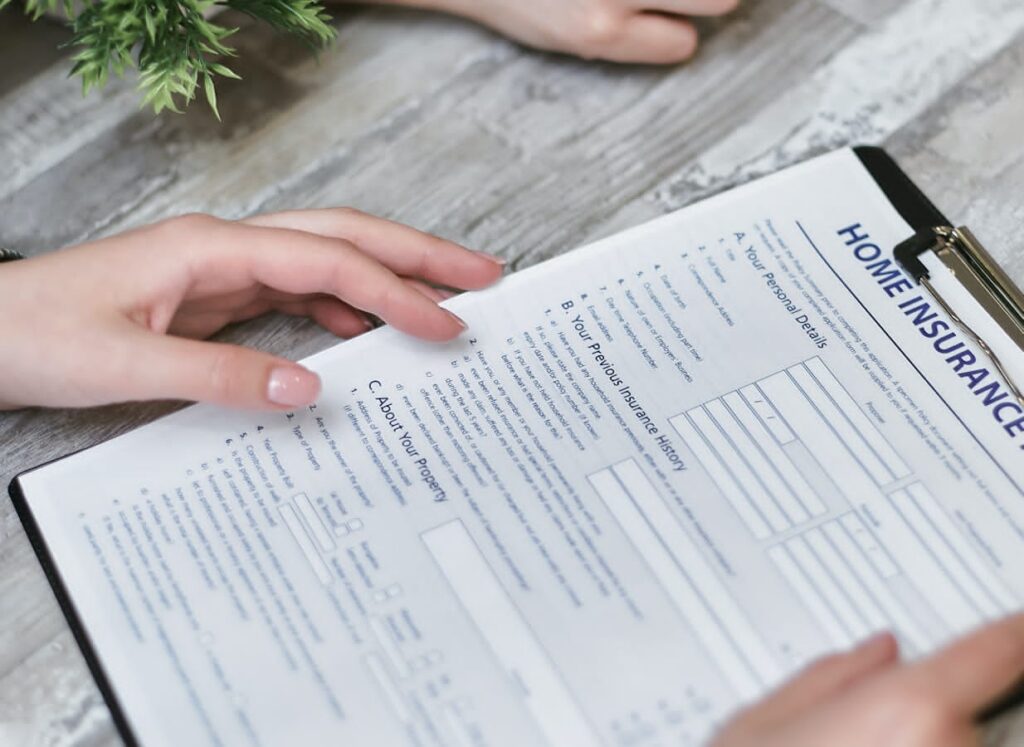Last spring, a nasty hailstorm decided to redecorate my roof and not in a good way. The damage was brutal, and the repair bill came in at a jaw-dropping $17,000. If it were not for my homeowners insurance, I would have been staring at a financial nightmare. That experience taught me just how crucial this type of insurance is. Yet, I have noticed that many people do not fully understand their policies, which can leave them exposed to massive risks. Let us talk about why homeowners insurance is so important and how to make sure you are not left high and dry when disaster strikes.
What Does Homeowners Insurance Actually Cover?
When I first got my policy, I thought it was pretty straightforward. But when I had to file that claim, I realized there is a lot more to it. Most standard policies cover four main things: your home’s structure (dwelling coverage), your personal belongings, liability protection, and additional living expenses if your home becomes uninhabitable.
Here is where it gets interesting: replacement cost versus actual cash value. My policy covered replacement costs, which meant I got enough to fix my roof with new materials. But if I had gone with actual cash value, I would have been stuck with a payout that factored in depreciation. Trust me, that difference can be huge. Have you ever thought about which one your policy uses? It is worth checking.
The Sneaky Gaps in Your Coverage
One thing I learned the hard way is that homeowners insurance does not cover everything. For example, flood damage? Nope. You need a separate policy for that. Same goes for earthquakes if you live in a risky area. And here is another kicker: your policy might not fully cover high-value items like jewelry or art. When I took stock of my belongings after the storm, I realized my watch collection was worth way more than the standard limit. I had to add scheduled personal property coverage to make sure I was fully protected.
Are You Insuring Your Home for the Right Amount?

This one is a biggie. A lot of people think they should insure their home based on its market value. But here is the thing: rebuilding costs can be way higher than what your home is worth on the market. In my neighborhood, a wildfire wiped out several homes, and some of my neighbors were shocked to find out their coverage was 20-30% short of what they needed to rebuild. That is a tough spot to be in.
Why Liability Protection is a Game-Changer
While most of us focus on property damage, liability protection is just as important. It covers you if someone gets hurt on your property or if you accidentally cause damage elsewhere. Like the time my son decided to test the durability of a hotel TV our homeowners insurance saved us from footing that bill. If you want extra peace of mind, consider an umbrella policy. It gives you an additional layer of protection, usually between $1-5 million.
Tips to Get the Most Out of Your Policy
There are ways to make your coverage work better for you without breaking the bank. For starters, raising your deductible can lower your premiums. And if you have a home security system or impact-resistant roofing, you might qualify for discounts.
Do not forget to review your policy regularly. Life changes like renovations, new purchases, or starting a home-based business can mean you need to adjust your coverage. A little extra premium now can save you from a financial disaster later.
Final Thoughts
Homeowners insurance is not just another bill to pay, it is a safety net for your biggest investment. Take the time to understand your policy, fill in the gaps, and make sure you are covered for what matters most. Trust me, when the next storm rolls in, you will be glad you did.
References
National Association of Insurance Commissioners. “A Consumer’s Guide to Home Insurance.
Insurance Information Institute. “Homeowners Insurance Basics.”
Federal Emergency Management Agency. “Flood Insurance Requirements and Options.”

